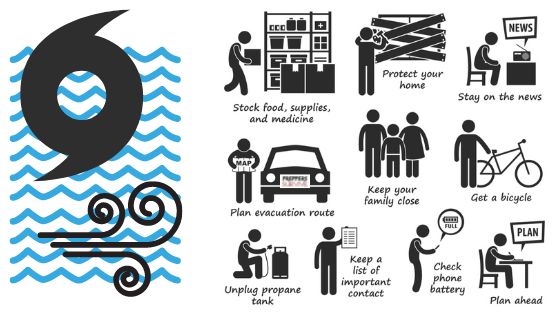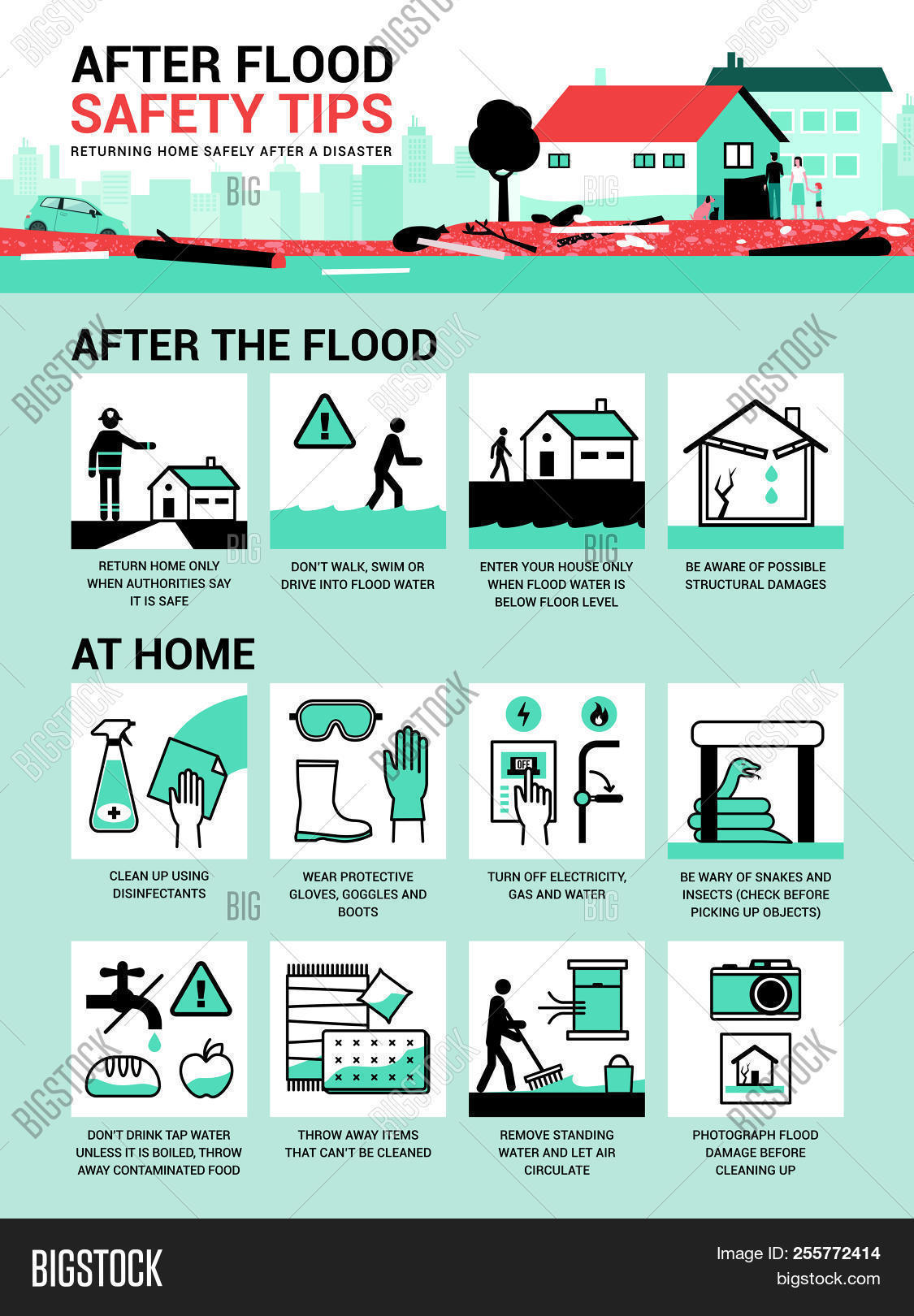
Unexpected events or situations that cause family members to be separated can be called a family emergency. It can happen at home or at work, and it can be life-threatening if there is no emergency plan.
A family emergency plan can be a powerful way to protect them and make sure everyone is aware of how to reunite after a disaster. Also, children should be included in planning to help them understand what to do if disaster strikes.
Start by gathering the information you need for your family emergency plan. You should include the names, addresses, and telephone numbers of everyone in your household. Gather a list of medications and allergies. It's also a good idea to keep a copy of all your health information, so that your doctor can quickly access it if necessary.
You can make a list of all your contact information, including those from cell phones, and then post it in a place that is easily accessible. Keep a copy of this document in your home and another in a secure location where it is accessible for use when you are away from home.

You should create an emergency communications strategy that includes evacuation routes and meeting locations for family members. To ensure you're ready for an emergency, practice your plan and make any necessary changes.
Find a safe place to meet with your family. This will be where you'll all meet and reconnect if disaster strikes and you are not able to get back home.
Teach your children how to dial 9-1-1 and to know who they can call in an emergency. Make sure that each child has an emergency card with the contact information and phone number of a person you can call for assistance.
For your family, take a CPR and first aid class. This class is essential, especially for children and seniors who might require special care in an emergency.
Sign a family plan detailing what each person will do in an emergency. Talking about these topics with your family can help reduce fear and anxiety, as well as prepare you for the worst.

Family emergency plans can be a lifesaver and help you keep in touch with loved ones during unforeseen events. You will feel secure knowing that your family has a plan to protect you.
Prepare a list of all your contact information, including cell phones, a parent's cellular phone, and a caregiver's cellular phone or other phone number. Make sure to keep the list updated.
You should always keep enough batteries and a portable, battery operated radio/TV in your emergency supplies kit. This can be a crucial link to outside world. It will also help you keep in touch with people even when there aren't telephone lines.
FAQ
What are the basic skills for survival in the wild?
The most important thing you need to know when you're living off the land is how to make a fire. This is more than just lighting a flame. It requires you to learn friction and fluent methods of starting a fire. You also need to know how to avoid getting burned by the flames.
You will need to be able to construct shelter from natural materials like leaves, grasses and trees. To stay warm at nights, you will need knowledge about how to best utilize these materials. You'll also need to know how much water is necessary to survive.
Other survival skills
While these things can help you live longer, they won't be as important as learning how to light a flame. Although you can eat many different types of plants and animals, if your fire is not lit, you will be unable to cook them.
You'll also need to know how best and where to find food, including edible plants and animals. You may become sick or die if this is not known.
Why is knot-tying so important for survival?
Everywhere you look, people use knots to connect items like fishing lines, ropes, ladders, and so on. They can also be used to tie bags shut, secure objects to trees, or create shelters. It is a vital skill that can save lives if you have to tie yourself to a tree rope or string or use them as a shelter.
How long does it take before you find help?
This is dependent on many factors.
-
Where are you?
-
Which terrain are yours?
-
No matter whether you have cell reception
-
Whether you have been seen by someone
-
Whether you are injured
-
It doesn't matter if you're dehydrated
-
Whether you have been drinking water
-
Whether you have eaten recently
-
It does not matter if your clothing is appropriate
-
No matter if you're carrying a compass or a map,
-
How familiar can you be with the area
-
How many years have passed since you lost your keys?
-
How long did it take you to search for help?
-
How much time does it take for people to notice you missing
-
How quickly they decide to search for you
-
How many rescuers are you able to attract?
-
How many rescues received you?
What are the basics of survival camping?
You should prepare for every eventuality when embarking on an adventure journey. You must learn how to survive under extreme circumstances.
You should also be prepared for all weather conditions, including cold winds and hot sun. If you fail to take these precautions you could die.
Statistics
- In November of 1755, an earthquake with an estimated magnitude of 6.0 and a maximum intensity of VIII occurred about 50 miles northeast of Boston, Massachusetts. (usgs.gov)
- The downside to this type of shelter is that it does not generally offer 360 degrees of protection and unless you are diligent in your build or have some kind of tarp or trash bags, it will likely not be very resistant to water. (hiconsumption.com)
- Not only does it kill up to 99.9% of all waterborne bacteria and parasites, but it will filter up to 1,000 liters of water without the use of chemicals. (hiconsumption.com)
- so you can be 100 percent hands-free, and there's less chance you'll put your torch down and lose it. (nymag.com)
External Links
How To
How to build a lean-to shelter
Small structures known as lean-tos can be found all across the United States. These structures are made mostly from wood or metal poles that are covered with tarps, canvas, sheeting or corrugated roofing material. The walls, ceiling and floor are typically built first before the roof is added.
Lean-tos are temporary shelters that are built to the side of buildings when the weather isn't allowing for permanent shelter. It is also known as a "leaning to shed", "leaning to cabin," or "leaning to house."
There are many types o lean tos.
-
A simple wooden frame with a tarpaulin covering. This type is often seen in rural areas.
-
A lean to tent that consists of a framework made of poles and supporting a Tarpaulin.
-
A lean-to cabin, also known as a "cabin-on-frame," consists of a platform supported by posts and beams.
-
A leanto shed, also known under the name "shelter–on–a-pole" or “paddock shed”, is made of a frame of poles supported by a cover.
-
A lean-to-garage, also known as "garage -on-stilts", or "overhang", is composed of a steel structure that rests upon concrete stilts.
-
A lean-to studio, also called a "studio-on-a-frame" or "studio-on-a-post," consists of a framework made up of two parallel horizontal members (posts) and one perpendicular member (beam).
-
A lean-to greenhouse, also called a "greenhouse-on-a-post," consists of three parallel horizontal members (posts), one perpendicular member (beam), and a canopy.